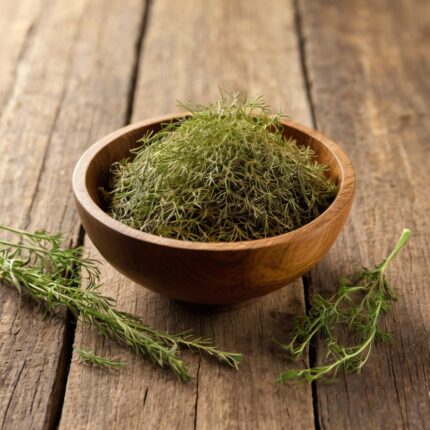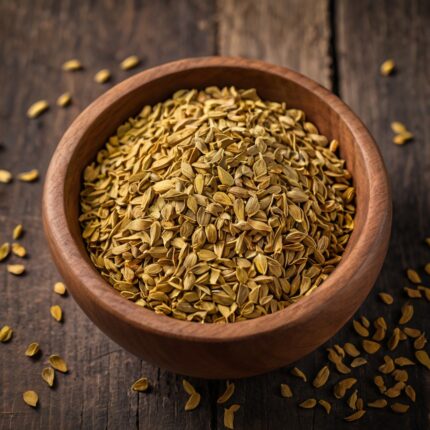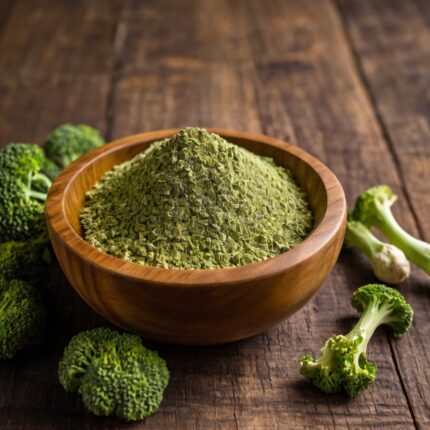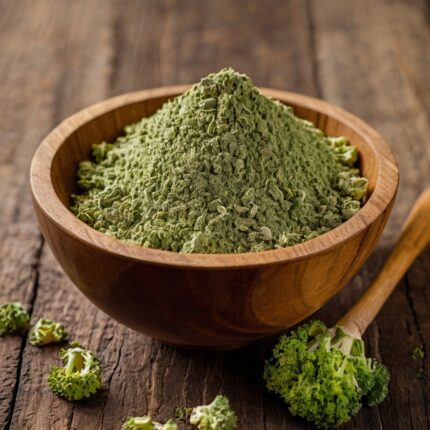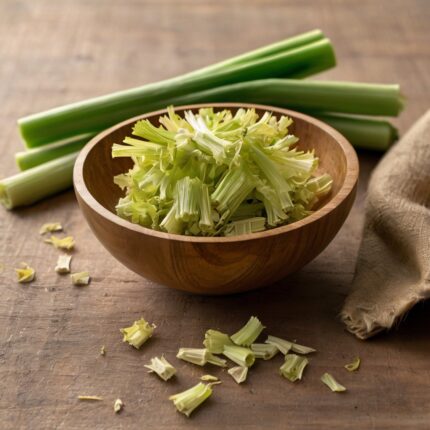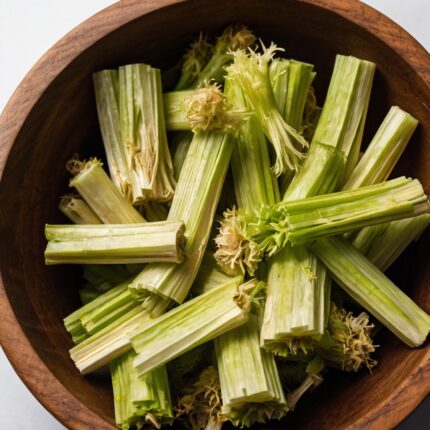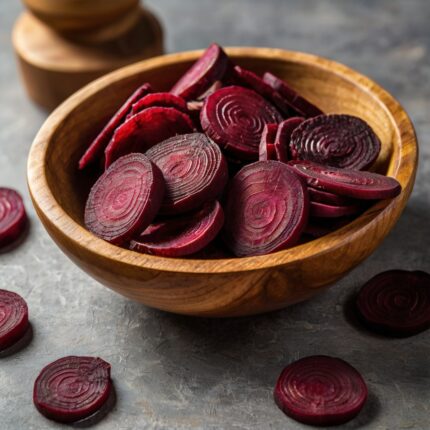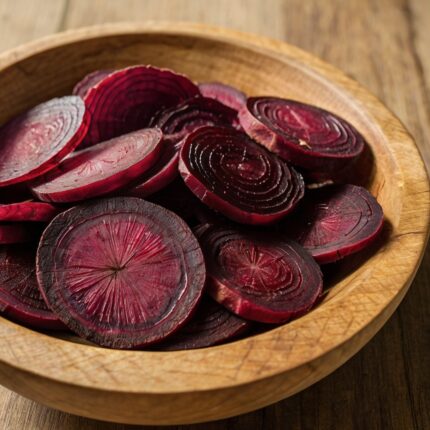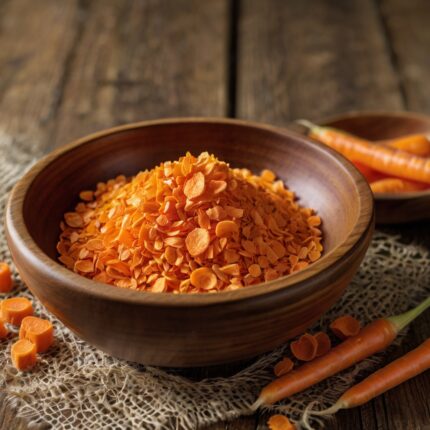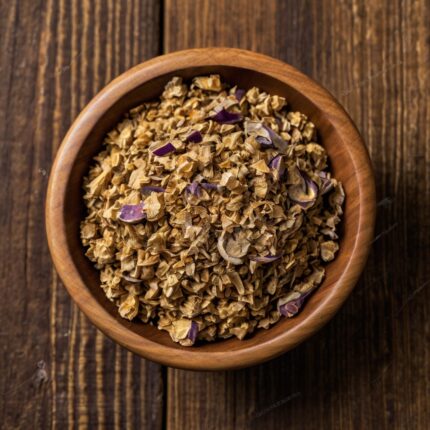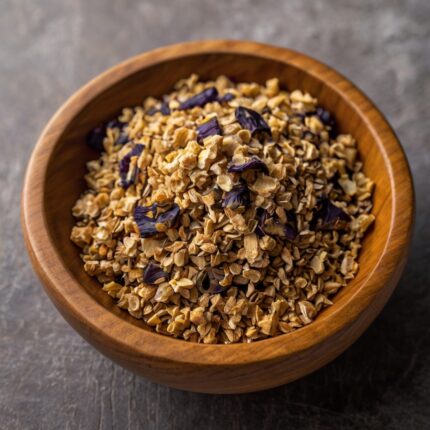Dried eggplant is a common ingredient in various cuisines, especially in the Middle East, Mediterranean, and parts of Asia. Eggplants are typically sliced, salted, and then dried in the sun or using a dehydrator to remove their moisture. This process not only extends their shelf life but also intensifies their flavor, making them ideal for use in a variety of dishes.
Uses of dried eggplant:
-
Stuffed foods: Rehydrate dried eggplant and stuff it with a mixture of rice, spices, and sometimes meat, similar to dolma or kousa in Middle Eastern cuisine.
-
**Stews and curries:** Add it to soups, stews, or curries to create a rich and smoky flavor.
-
**Frying or grilling:** Rehydrate, season, and cook as a side dish or snack.
-
**Salads:** Chop the rehydrated eggplant and add it to salads to enhance texture and flavor.
**Rehydration Process:**
-
Soak the dried eggplant in warm water for 20 to 30 minutes until it becomes soft.
-
Drain the water and pat it dry before cooking.
**Dried eggplant as a versatile ingredient:**
Below are some of its applications:
**Culinary Uses:**
-
Rehydration for Cooking:
- **Stews and Soups:** Rehydrated dried eggplant can be added to soups, stews, or curries to enhance texture and flavor.
- **Stuffed dishes:** Soak them in water and use them in stuffed dishes like dolmas (vegetables stuffed with rice or meat).
- **Pasta and Rice Dishes:** Incorporate them into dishes like pasta sauces or pilafs.
-
**Powdered Form:**
Grind dried eggplant into a powder to use as a flavor enhancer or thickener for sauces, soups, or gravies. -
**Snacks:**
Fry or grill dried eggplant to make crispy chips or crunchy snacks. -
**Dried Garnish:**
Use thinly sliced dried eggplant as a garnish for salads, soups, or appetizers. -
**Fermentation:**
Use it as an ingredient in fermented foods, such as pickles or fermented spreads.
**Non-Culinary Uses:**
-
**Food Industry:**
- As an ingredient in ready-to-eat or instant meal kits.
- In dried vegetable blends for soups or seasoning mixes.
-
**Dietary Supplements:**
Processed into powder or capsule form for use in dietary supplements due to its vitamins, fiber, and antioxidant content. -
**Animal Feed:**
In its ground form, it can be used as a nutritious additive to animal feed. -
**Fertilizer or Soil Amendment:**
Leftover or unsold dried eggplant can be added to compost, enriching the soil with organic matter. -
**Handcrafted Products:**
Used in decorative handicrafts or as an eco-friendly packaging filler (after processing).
| Nutritional Content | per 100 Grams of Dried Eggplant | :**
| **Calories** | 230–270 |
| portoin | 5–7 g |
| fat | 0.6–1g |
| **Carbohydrates** | 50–60g |
| **Dietary Fiber** | 25–30g |
| suger | 10–12g |
| **Vitamin B1 (Thiamine)** | ~0.1 |
| vitamin B6 | ~0.2 |
| vitaminC | **Trace amounts (negligible compared to fresh eggplant)** |
| potasiom | ~2,300 |
| **Magnesium** | ~120 |
| iron | ~3 |
| **Calcium** | ~50 |
| **Phosphorus** | ~80 |
| **Sodium** | ~20 mg (naturally occurring, unless salted during preparation) |




